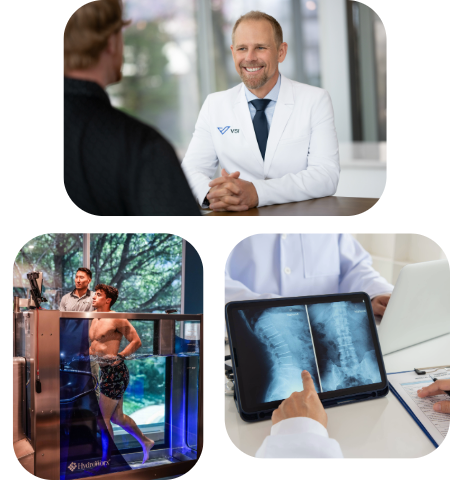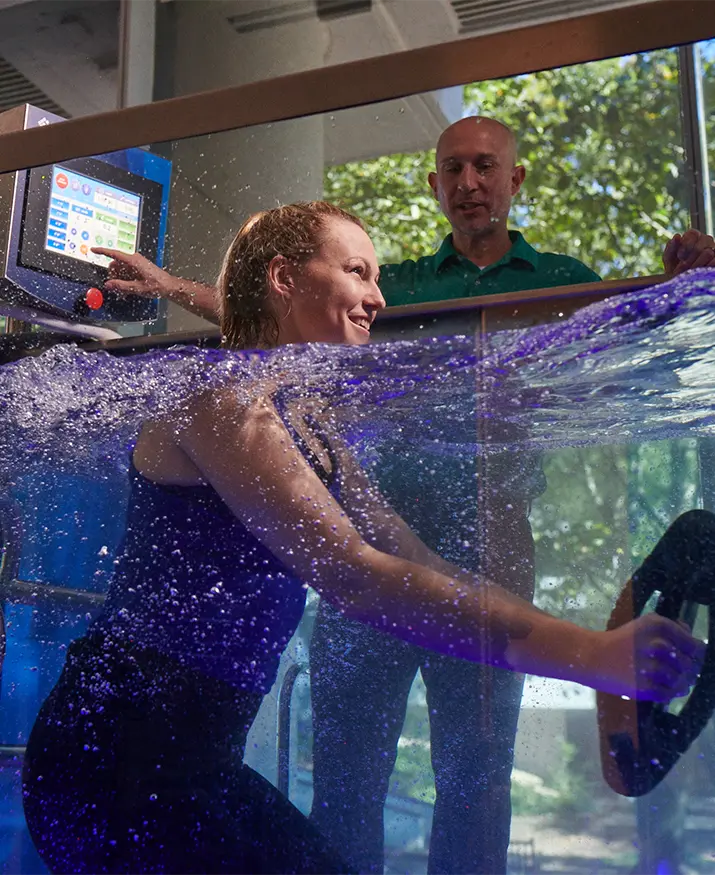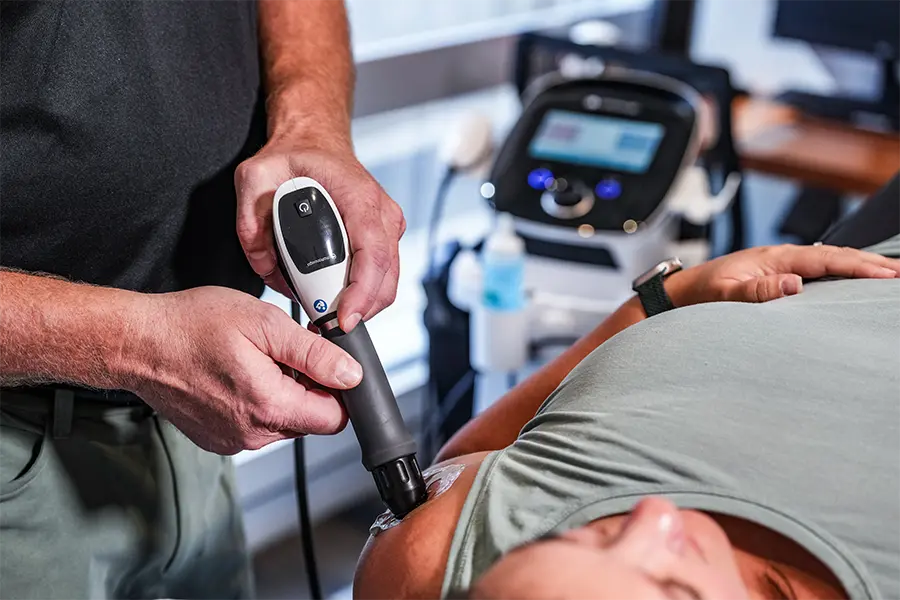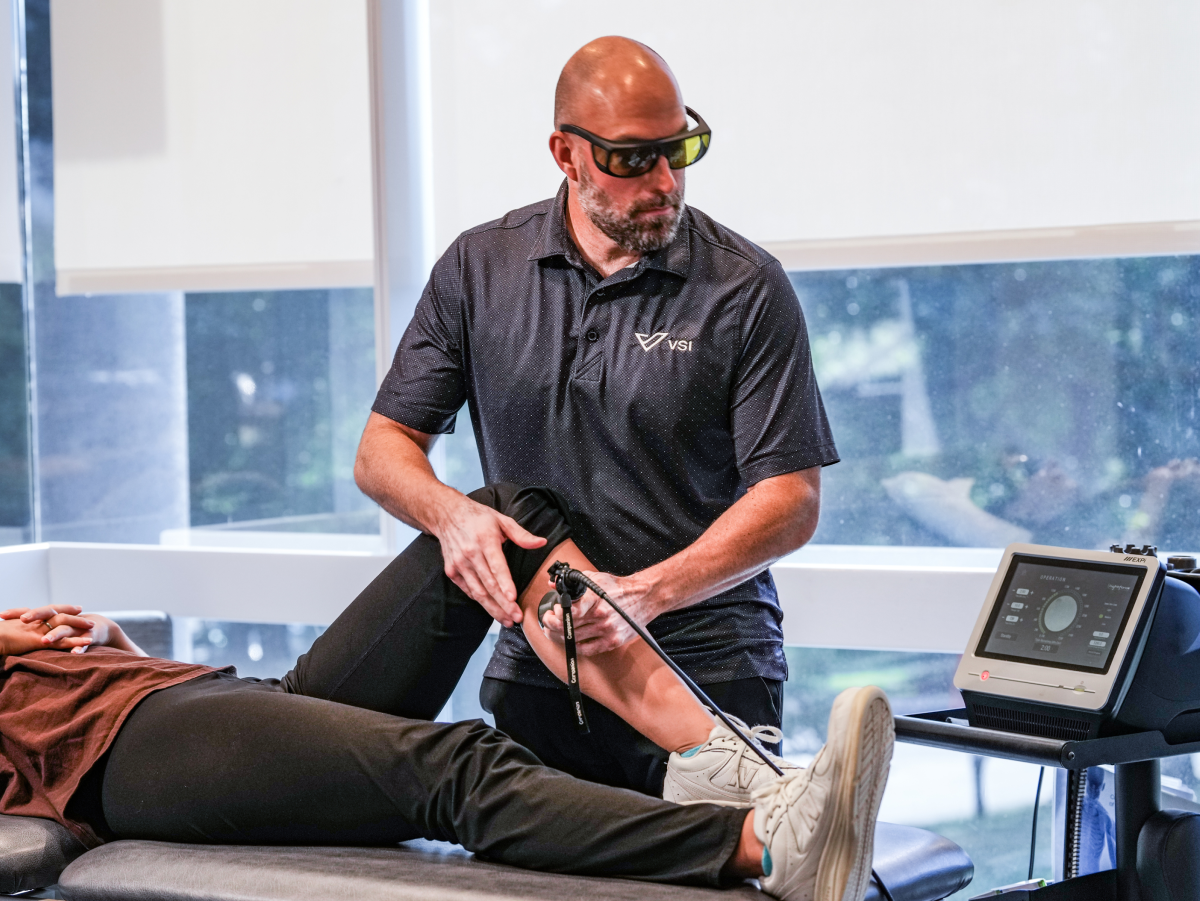Enhanced Surgical Recovery
Modernizing the approach to spine surgery recovery
What Is Enhanced Surgical Recovery?
Enhanced Surgical Recovery (ESR) is a multimodal set of protocols used by your surgical team to help ensure best possible outcomes from your surgery. Important components of ESR occur before, during and after your surgery and are a vital part of VSI’s Recovery Revolution™.
Prior to your surgery, your surgeon will ask for you to obtain certain medical clearances. These clearances ensure that our patient is medically optimized for spine surgery. As patient education is important, your surgeon and surgical team will discuss details of your surgery with you during your pre-operative visit. During this pre-operative visit, we will discuss expectations, restrictions for you after your surgery and pain management. In addition, to ensure optimal nutrition, a surgical carbohydrate beverage is provided for patients to take 4 hours prior to surgery.
During your surgery, the surgical team performs your surgery using the smallest incision possible and optimizes the use of numbing agents to the pain receptors in and around your incision site. In addition, they manage your fluid balance, your pain control, and your body temperature. After your surgery, your surgical team will ensure early removal of any tubes or drains, such as a Foley catheter, and early food intake. In addition, your surgical team will ensure early mobilization with physical therapy and optimize pain control with oral pain medications.
The 3 Stages of ESR

What are the benefits of Enhanced Surgical Recovery?
- Shorter hospital stay
- Reduced opioid/pain medication use, with better pain control
- Quicker restoration of pulmonary, urinary and bowel function
- Optimal recovery of the musculoskeletal system
- Decreased need for re-admittance to the hospital







